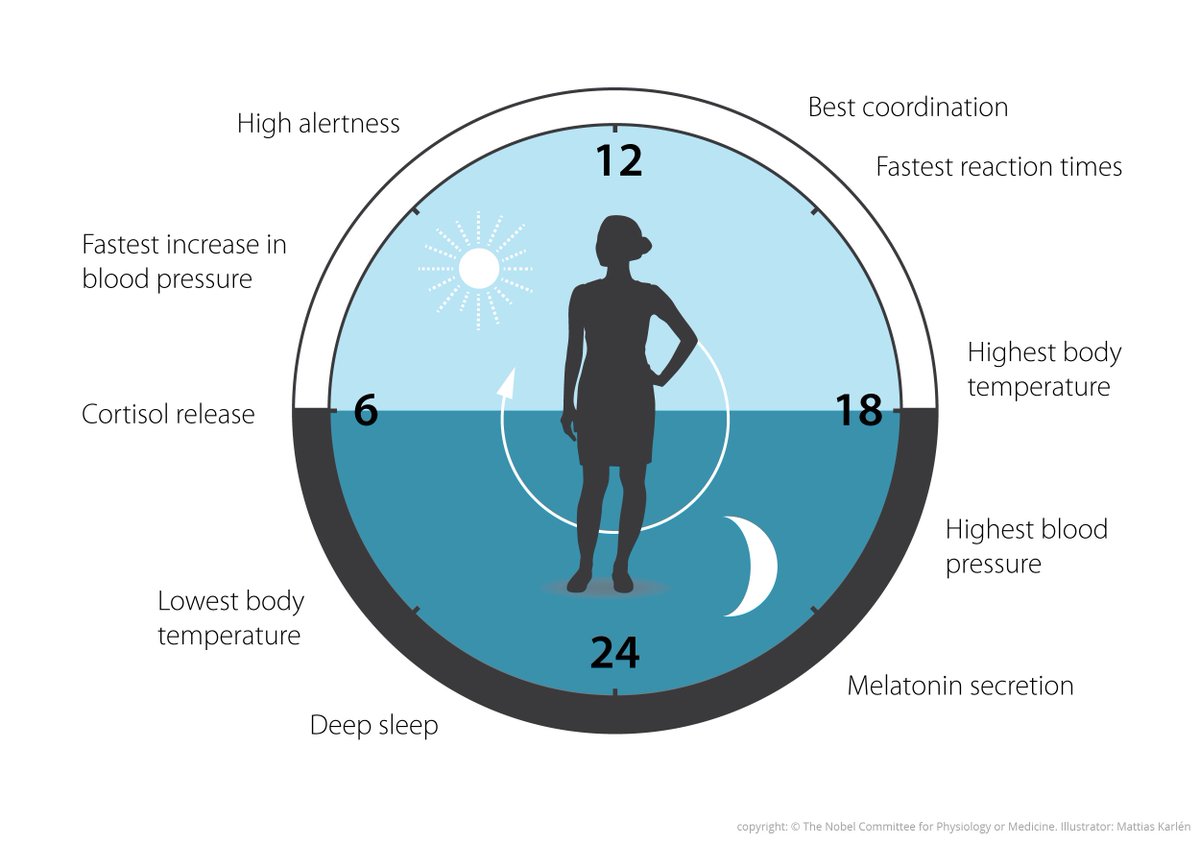06 October 2017
04 October 2017
Questioned by Gujarat police over Adani story: Aussie journalists
Questioned by Gujarat police over Adani story: Aussie journalists
Adani is developing a mega coal mine in Australia, and many sections in that country are against the project
A team of journalists working on a story on the Adani Group for Four Corners, an investigative journalism programme aired on ABC TV on Monday evenings, has said they were questioned by Gujarat Police “on and off for nearly five hours” in their hotel a day after they arrived at Mundra in Kutch district for filming the report.
The team, led by reporter Stephen Long, was heard saying in the report aired on Monday: “A senior policeman kept going outside and talking to someone on his mobile phone and whenever he would return, the questioning, the hostility, would ramp up.”
While attempting to film and gather information about Adani’s operations, the Four Corners team claimed, they were forced to leave Mundra at 4 am. The police told them that if they stayed they would have “three intelligence services coming to see us the next day”, says Long in the aired report. The link to the report was posted on the Four Corners Twitter handle.
The Kutch (West) police confirmed that foreign journalists were questioned for allegedly shooting in and around Mundra Port and Special Economic Zone (MPSEZ) of Adani Group late August.
“We questioned the journalists as they were foreign nationals and were shooting vital installations without permission from authorities,” Kutch (West) SP Makrand Chauhan told The Indian Express. Chauhan was transferred out of Kutch last week as part of an IPS reshuffle.
Adani is developing a mega coal mine in Australia, and many sections in that country are against the project.
Space Era
03 October 2017
Einstein’s waves win Nobel for 3 Americans
Black Hole researchers find ripples in fabric of universe
Three American scientists from the Laser Interferometer Gravitational-Wave Observatory (LIGO) have won the Nobel Prize in Physics for their contribution to detecting gravitational waves — ripples in the fabrics of spacetime which were predicted by Albert Einstein a hundred years ago.
The scientists were awarded the Nobel prize “for decisive contributions to the LIGO detector and the observation of gravitational waves”, the Royal Swedish Academy of Sciences announced here on Tuesday.
The 9 million Swedish kronor (825,000 British pounds) prize was divided. One half was awarded to Rainer Weiss of Massachusetts Institute of Technology (MIT) and the other half jointly to Barry C Barish and Kip S Thorne — both from California Institute of Technology (Caltech).
Originally predicted in the early 20th century by Einstein, gravitational waves were not detected until 2015, when LIGO identified the first such signal from two merging black holes.
“The 2017 Nobel Laureates have, with their enthusiasm and determination, each been invaluable to the success of LIGO,” said the Royal Swedish Academy. “Pioneers Rainer Weiss and Kip S Thorne, together with Barry C Barish, the scientist and leader who brought the project to completion, ensured that four decades of effort led to gravitational waves finally being observed,” the Academy added.
The international LIGO Science Collaboration (LSC) consisting of about 1,000 scientists from universities and research institutes from about 15 countries, including from India, announced the first detection on February 5, 2016 and second one on June 15, 2016. “I view this more as a thing that recognises the work of about 1,000 people, a really dedicated effort that’s been going on for — I hate to tell you — as long as 40 years,” Weiss told the Royal Swedish Academy of Sciences, acknowledging the contribution of other scientists in achieving the scientific milestone.
There was a very significant presence of Indian scientists in this milestone scientific achievement.
There were 37 authors from nine Indian Institutions in the scientific publication presenting the first discovery of gravitational waves published in the Physical Review letters by the LIGO Scientific Collaboration and Virgo Collaboration.
There were 39 authors from the same nine Indian institutions in the publication for the detection of the second black hole merger event.
Currently, Indian participation in the international LIGO Science Collaboration, has over 60 researchers, constituting five of the members of the LSC, making it the fourth largest national participant. LIGO discovered its third gravitational wave on January 4, 2016.
02 October 2017
Award Wapasi 2.0
Award Wapasi 2.0
Written by Pamela Philipose
Is the Narendra Modi government, which has been spectacularly successful in keeping a tight leash on information flows, slowly losing its ability to control the contours of the national narrative, three and a half years after it came to power?
The question is intriguing, more so because setting the terms of public discourse has been one of the distinguishing features of this government. Four key strategies are adopted to achieve this. First, the strict regulation of access to those in power. Second, the establishment of a largely one-way communication pathway between the government and the people. This has led to a curious paradox: Even as the government acquires greater information on citizens through instruments like Aadhaar, citizens face an increasingly opaque government. Third, an informal yet intimate connection with a core cohort of influence makers on social media that have user bases far exceeding anything that even major newspapers and TV channels enjoy. Fourth, ensuring pre-selected tropes for public discourse through placement of documents, leaks, plants and the like in mainstream media — which also accounts for the unfathomable manner in which TV discussions divert attention from the issues of the day, making up through the gladiatorial performance of anchors what they lack in substance.
Thus far, the potential of a counter-narrative displacing the officially sanctioned one was limited. The magnitude of the 2014 mandate was treated as an implicit endorsement of Prime Minister Modi for at least the initial year of this regime. The first crack in the mirror possibly came with the Award Wapsi moment of 2015, when through a common act of renunciation some of the country’s best regarded intellectuals stood up against what was framed as “rising intolerance”. By itself it was not a majorly threatening objective, yet it prompted a swift and angry response from state and non-state entities. The finance minister famously termed it as “manufactured”, the minister of culture thought it should be a matter of investigation, while others claimed that it was driven by a hunger for publicity, and even took out an “India Tolerant March” to expose the ugly intent of “pseudo-secularists” to tar the nation. Looking back, that slap down was quite successful. The NDA may have lost the Bihar election towards the end of that year but the Modi government was able to ride out that period of anxiety.
Today, two years later, is that anxiety back? The PM has himself complained about being constantly misunderstood (“They said Modi only talks of bullet trains in India… Now that they see I have actually got the bullet train to India, they ask why a bullet train?”). His party president’s entreaty to Ahmedabad’s youth to resist the lure of social media propaganda seems to indicate a fear that the party’s formidable propaganda drive on social media is facing serious blowback.
There are contingent causes for the new credibility that is coming to be attached to this counter-narrative despite the prevailing disarray in Opposition ranks. Among them is the roiling within universities across the country, where brutal state repression is sharpening student militancy. Joblessness is now being perceived as the inheritance of failure; farming as the harvesting of loss. The assassinations of journalists and assaults on them are threatening to alienate a crucial category of professionals. The initial silence that greeted the unrelenting barbarism of beef vigilantism, targeting minorities and Dalits especially, is also breaking. That lack of immediate response was interpreted by many within the Sangh Parivar as tacit public acquiescence to the project but now widespread revulsion to such randomised violence and killing among ordinary citizens is coming into view, with citizens’ initiatives emerging to reclaim India’s secular legacy across the country. They may appear limited and periodic but they are punching above their weight through the unleashing of immense cultural and oratorical power.
This wave could be read as Award Wapsi 2.0 but look what’s different this time. Those speaking out are also from the BJP’s own camp. It’s also not just about ideas this time, it’s about the economy; about the assumed benefits of demonetisation and GST going AWOL. This is why the meme, ‘Vikas Gando Thayo Che’ (development gone crazy), now buzzing around the BJP’s Gujarat headquarters like an unswattable fly, is interesting, indicating as it does that the famed Gujarat Model — built on a rock solid foundation of words — is now tilting ever so slightly.
Circadian Rhythms, the Chinese Clock and How To Live in Sync
Circadian Rhythms, the Chinese Clock and How To Live in Sync
What Is A Circadian Rhythm?
What Are Some Causes of Disruptions In Our Internal Clock?
What Conditions May Result From These Disruptions?
How Does Chinese Medicine Describe These Rhythms (or “What Is The Chinese Clock”)?

What Correlations Do We See Between West and East?
How Does This Knowledge Effect Treatment Options?
01 October 2017
Twitter user asks how many Aadhaar cards
Twitter user asks how many Aadhaar cards for Ravan? UIDAI’s response has the Internet in splits
A Twitter user was quick to troll the Aadhaar handle by asking for its take on issuing an Aadhaar card to Ravana.
Updated: Oct 01, 2017 09:21 IST
By Atisha Jain
UIDAI’s response to a Twitter user’s query about Aadhaar has the Internet in splits
The Aadhaar Twitter handle (@UIDAI) wished its followers a Happy Vijayadashami with an illustration of arrows piercing through Ravana, the demon-king of Lanka from the ancient Hindu epic Ramayana.
One of the users was quick to troll the Aadhaar handle by asking for its take on issuing an Aadhaar card to Ravana.
Aadhaar is the 12-digit biometric identification project was mooted roughly a decade ago to plug leakages in the delivery of India’s state benefits.
The Aadhar social media team’s epic repartee, however, had Twitter in splits. It said Ravana was not a resident of India and hence, not eligible.
The tweet, at the time of writing, had over 2,400 retweets and close to 2,500 likes.
While some praised the handle’s sense of humour, others questioned it over the situation of the refugee community in the country. Here’s how Twitterati responded:



